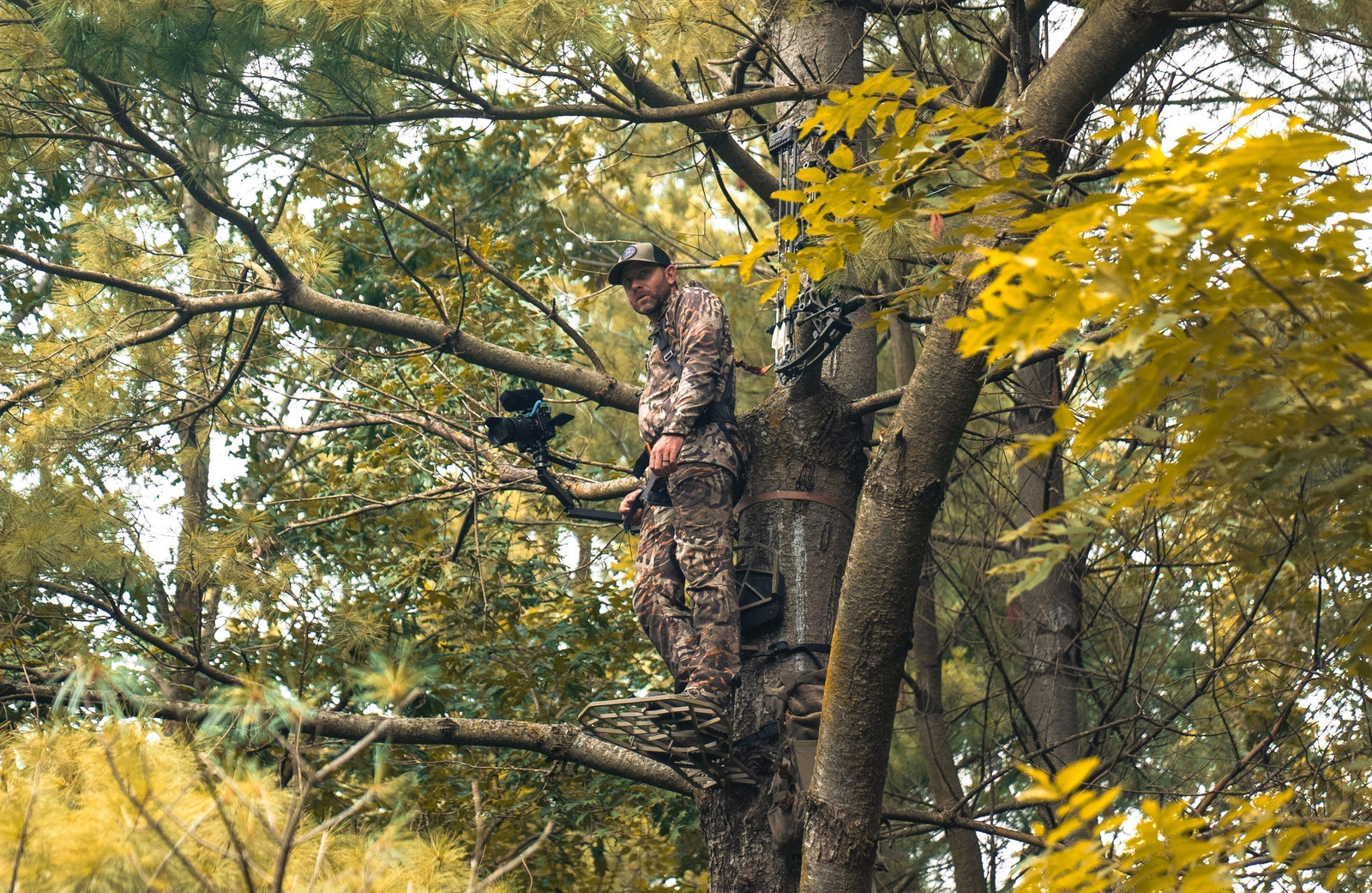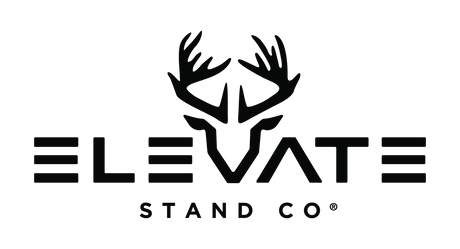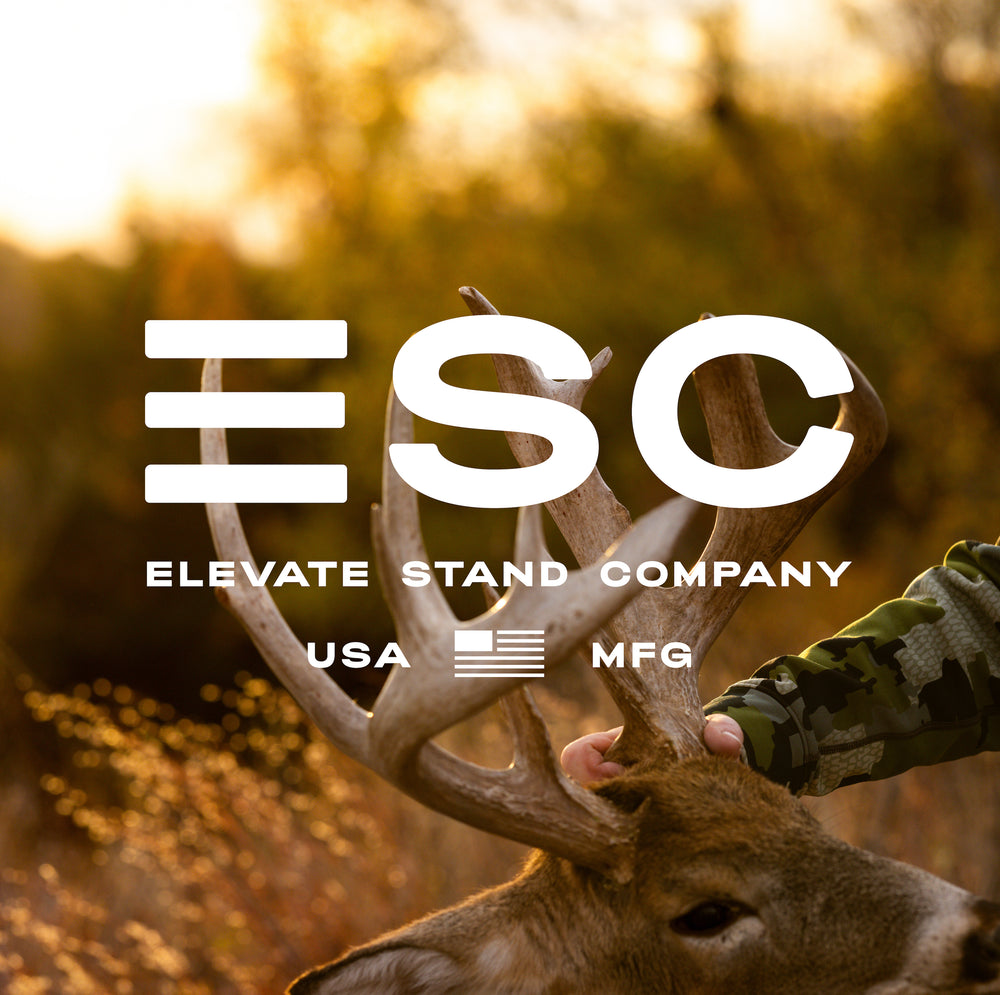Capturing the Hunt: A Q&A with Jared Mills

When it comes to filming whitetail hunts, Jared Mills is in a league of his own setting the standard for mobile self-filming in the whitetail world. We sat down with Jared to talk about his approach to storytelling from the stand, and how Elevate’s camera arm lineup plays a key role in his craft.
Q: You’ve built a reputation as one of the best whitetail filmers out there. How has your approach to self-filming evolved over the years?
Jared Mills: I wouldn't say my approach has changed dramatically over the years, but I have become more disciplined in getting the right shot and have become much more efficient in my overall setup. A large part of that is due to my gear being much more streamlined and lightweight, and only taking what I need to. When self-filming becomes a chore, typically due to the amount of gear you take to the woods, that is when I see guys get burned out the quickest. Almost everything now, including camera arms, fluid heads, second angle mounts, and even the cameras themselves are easier to pack in than they were when I first started filming. I've tried to take advantage of that within my setup, often tweaking things every single season.
Q: Camera arms are a key part of your setup. Why does having the right one matter so much?
JM: Camera arms are a requirement for sure, and they must be three things at a minimum: easy to pack in, easy and quick to set up, and they must be stable, in other words, they must work. If they aren't easy to pack or set up, it will create frustration and eventually lead to somebody not wanting to go through the effort to film. If it doesn't do it's job, as in keep the camera stable and in the right spot, then it's not even worth bringing to the woods as your footage is going to suffer. If you can find a camera arm setup that works with your system, you'll enjoy the filming experieince so much more.
Q: You’ve spent time with all three Elevate Camera Arms—the Capture, the Clutch, and Clutch Pro. Can you break down what sets each one apart and when you use them?
JM: The Capture is the OG as far as a mobile, packable camera arm. With it being less than 2 lbs and the fact that it folds up within itself makes it the perfect compact arm for most guys. I would use this arm if I primarily used a cell phone, action cam, or any other lightweight camera to film my hunts and I valued a minimal setup. Capture Camera Arm
The Clutch camera arm is a step up in mobility. With the first pivot point being close to the tree, the Clutch will cover more ground and be easier to maneuver in various situations. This a great setup for saddle hunters or anyone else that uses a lightweight camera setup, including mirrorless and DSLR cameras. Clutch Camera Arm

The Clutch Pro is the ultimate arm for stability. The bigger tubing on the arm allows it to support higher end, professional setups. You still have really good range of motion, but now you can confidently use it with a heavier setup including DSLR cameras with larger lenses, microphones, and more. Clutch Pro Camera Arm

Q: What features matter most to you when choosing a camera arm for the field?
JM: I've already touched on the ease of packing and setup, but to dive a little deeper there are some additional features I value in a camera arm. First, I want it to be simple to adjust. More often than not, I end up in a less than ideal tree, so I need to be able to level the base and arm. The adjustability is key and I prefer it to not require a tool. Next, my camera arm needs to be quiet, during both set up and use. There can't be any squeaking at the various pivot points while I'm trying to film deer up close. Also, when setting up and tearing down, removing the noise of a ratchet strap helps tremendously, which is where the OCB strap comes in. I’ve been super impressed with how tightly these lock into the tree.
Q: What advice would you give someone just getting into filming their hunts—especially solo?
JM: My advice to someone getting into filming their own hunts would be to set expectations. Filming is not easy, but you don't have to do it at the highest level for it to be worth it. If you're just filming for your own memories to maybe share with family and friends, don't put too much pressure on yourself to get every shot perfect. The goal here would be to enjoy it enough that you're comfortable taking the camera to the woods every time. In other words, don't get burned out by making it too difficult. If you're wanting something a little bit higher end, understand that it's going to take more discipline. I've come to love getting high quality footage, I love the challenge of it. But I also realize and almost expect to have some lost opportunities at shooting deer because of it. When you want to become good at filming, you have to almost change your perspective from hunter first to videographer first. This is where solid gear and an efficient system of getting set up is key.
Q: Last one—how does capturing your hunt on film elevate the experience for you personally?
JM: Over the years, filming has become as much of a passion as the hunting itself for me. I'm to the point now where I would rather forget my bow than my camera! Maybe that's a little far, but I love documenting my experiences. To be able to, at any point, pull up footage from a historical hunt and have it put me right back in that place to relive that experience, that's priceless to me. Obviously, I've been fortunate to include the filming aspect within my career, but I've always said that if nobody ever watched another one of my hunts again, I would still take the camera to the woods every day.
Want to dive deeper? Watch our YouTube video Elevate Camera Arm Comparison – Find Your Perfect Setup for more tips on choosing the right arm for your hunts.





Leave a comment